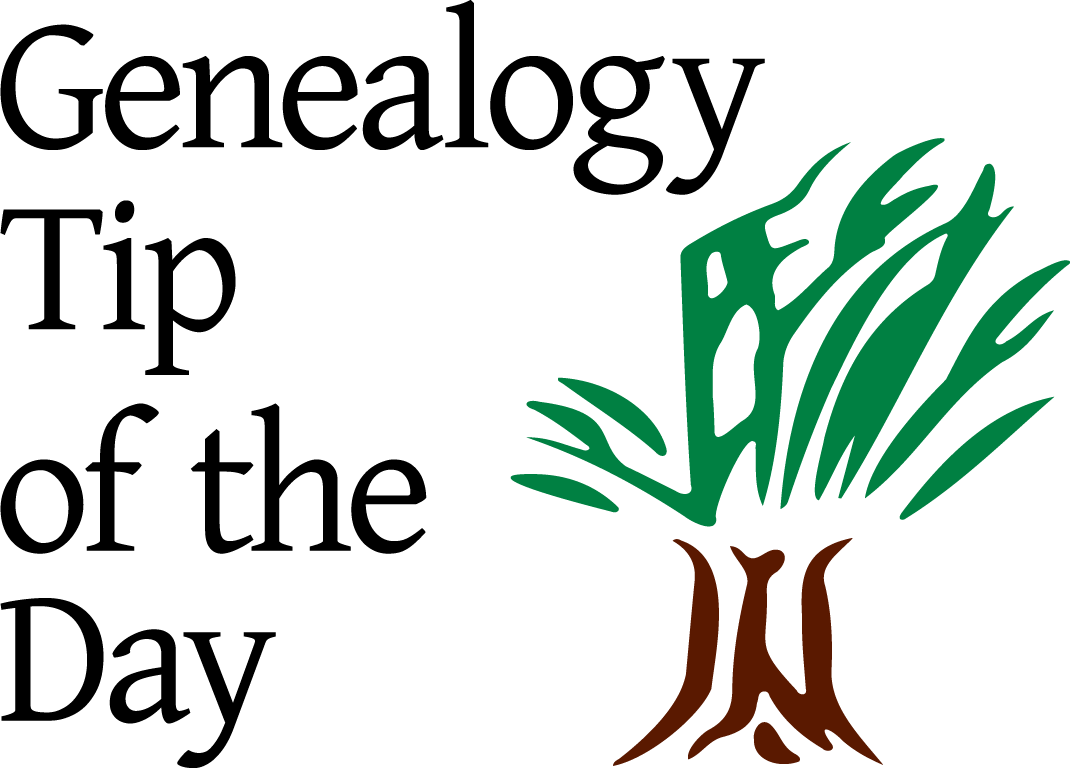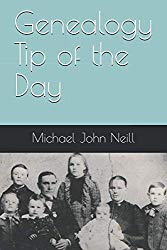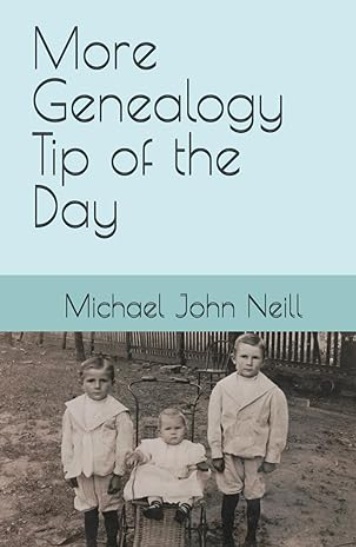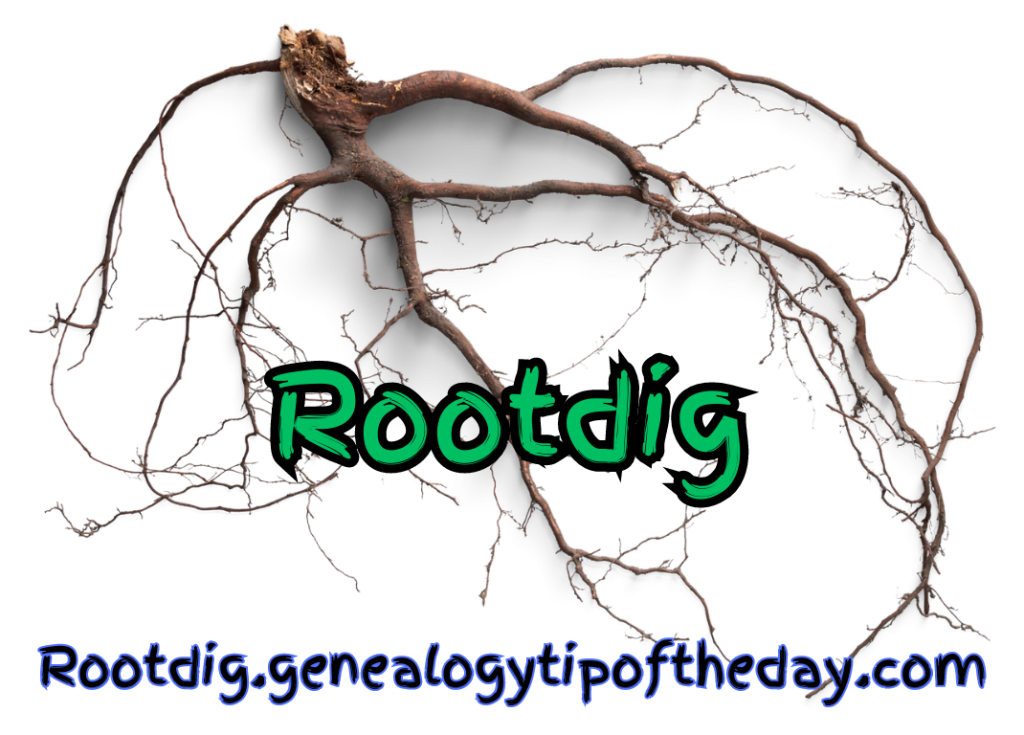We’re excited to offer this revised presentation on the full-text searching at FamilySearch–reflecting changes made to the site since this was recorded in August 2025. We’ve redesigned our presentation as this functionality continues to change. And…we have an extensive handout complete with forms to help you find more people. Available for download by 5 January 2026. Order now for $25. If you have purchased an earlier version of this presentation–email me at mjnrootdig@gmail.com for the code to order this revision for $10. Fully Utilizing Full-Text Search: Revised for January 2026 Your purchase includes: We’ll be including and discussing: Determining what is in Full-Text Search—what you can access at home and what you will have to be in a FamilySearch facility or affiliate to access. Seeing How AI Transcriptions are […]
Don’t take “the courthouse burned” to mean that every record before that point in time was destroyed. It might be that in reality, records from some offices survived, some offices’ records were not completely destroyed, etc. In some cases, records might have been “re-recorded” after the fire. There may also be state or federal records that provide similar information. Ask around.Local library may know. State archives or historical library may know. Locals from the area may know. Local historical or genealogical society may know. Also remember that there may be state or federal records that could answer your question as well. Newspapers are also helpful in cases of burned counties as well.
One of the best things you can do to work through brick walls and the like is to organize the information you have on your problem person or family. Pretend someone other than you is reading it–preferably someone who knows nothing about the family. Organizing this information about your brick wall person is more than just dumping images into a word file and making a PDF. All that does is give you a virtual form of an unorganized pile of papers. Organization starts by putting things at least in chronological order, making certain things are legible, indicating where things were obtained, including your reasoning for knowing a record is for the right person (particularly for records with few details or situations where the connection may not be obvious). […]
Researching the entire family is advised, but we don’t always do it. I was trying to pin down information on an aunt, Wilhelmina (Trautvetter) Senf Kraft–particularly when she managed to settle in Illinois. It was not until I obtained the christening record of each of her grandchildren that I was able to do that. There as one of the sponsors for one of her grandchildren was Wilhelmina. It helped me to pinpoint when she had arrived in Illinois.
Because NotebookLM was out of commission for several days and because I then got sick, I’ve moved this to 6 January 2026–at 8 pm. central time. Details are in our original post, only modified to reflect date change.
Have you made a list of your genealogy goals–those things you want to accomplish with your genealogy while you are still rambling around on planet Earth? It’s fine if you don’t have a list or don’t want to have a list. But if there are things you’d like to have “done” with your genealogy, there’s no time like the present to make a list. You do not have to wait until the first of the year. Every day technically is the start of a new set of 365 days. Getting some of your genealogy tasks done is certainly better than getting none of them done. And it’s worth remembering that every project does not have to be done perfectly.
From a while back Do not assume that a reference to your relative as a “foreigner” means that they were from a different country. There are times and some records (eg. some town records in New England) where a reference to someone as a foreigner may simply indicate that they are from a different town or state. My uncle’s will was probated in Indiana in the 1980s and was needed to settle some property in Illinois where it was mentioned as a “foreign will.”
Children were not always named immediately. While modern practice is to name children at birth (if not before), this was not always the case for one reason or another. It is not uncommon to see “unnamed” or “baby” as the first name on a birth certificate. A couple may have waited until they could arrange for a christening to name the baby, because they could not decide, or other reasons.
In the United States, agricultural censuses were taken in addition to population schedules for the years of 1850-1880 inclusive. These enumerations can provide additional information about your farming ancestor’s farm operation-acreage, crops, values produced, etc. There is more information on these schedules on the National Archives website at https://www.archives.gov/research/census/nonpopulation. Digital images are available to Ancestry subscribers at https://www.ancestry.com/search/collections/1276/. The FamilySearch Wiki also has more information at https://www.familysearch.org/en/wiki/United_States_Census_Agriculture_Schedules
As some of you know, I’m a huge non-fan of the made up genealogy challenges and “games” that I think tend to be a waste of time. I’m well aware that one person’s waste of time is another person’s reason for existance, but there’s no crime in not getting all excited about some game just because everyone else is. But nearly ten years ago, I spent some time compiling an incomplete list of my known ancestors who immgrated to the US and some key details in their appearance. It was a good activity for me at the time. Of course it covered a wide time period, but doing it allowed to focus on one thing: passenger lists and immigration. That’s a different approach from working on everything we […]
Sometimes you simply won’t find the record you want. Clark Sargent died in the late 1840s, probably in Winnebago County, Illinois. A genealogy of his family written approximately fifty years later gives a year of death, but it is unsourced. I have no reason to doubt what that book says as the date is consistent with Clark’s disappearance from county records, census records, etc. It’s also consistent with when his wife married again. But just because it fits doesn’t necessarily mean it is correct either. It is too early for a death record in Illinois. There is no probate (I looked). He owned real estate, but there is no guardianship for his children (I looked). The land records for his real estate mention nothing of his death–but that’s […]
I’m “stuck” on my Thomas Chaney who died in 1856 in Bedford County, Pennsylvania. In reviewing my material on him, I realized that I have several of his children who I have not tracked down. Of his nearly ten children who grew to adulthood, I have significant information on the descendants of one and a scattering of information on descendants of one other. Maybe it’s time to research his children more fully than I have in hopes of locating more on him.
Have you talked to every possible relative who may have information or know something about your family history? If you think you are the last person in your family, are you really the last one? You may be…but it’s possible you are not as well. The list of people of whom you can ask questions starts with parents, grandparents, and great-grandparents. If they are not alive, do they have any siblings (full, half, or step)? If there are no siblings, do they have any first or even second cousins to whom you can reach out? Any of these individuals may know something of your family history, have access to pictures or family history ephemera, or remember information about your closer family members. This also applies to a lesser […]
Reviewing the whole census page is not just about locating other people with the same last name who were neighbors. Looking at the whole page gives you an overview: –occupations in the location –family structures in the location–many had extended family or boarders –migration patterns into the region –home ownership (if the census year is right) –other demographic details We don’t look at everyone else on the census page just to find other relatives. We can also get a view of the area as well.
Generally speaking and making some broad assumptions, information on a death certificate does not just come from the “informant.” More than one person provided the information–either directly or indirectly. There is the person who provides the “biographical” information–typically the informant. There is the person who provides the medical information–cause of death, underlying causes (if stated), length of illness (if stated), date of death, perhaps even date and place of death. There is the person who provides the burial, or disposition of remains information. In some places and time periods one person provides all three functions. Even if one person provides all the information, they potentially obtained some information from someone else. The takeaway here is to know how the information got into the record you are using–that helps […]









Recent Comments